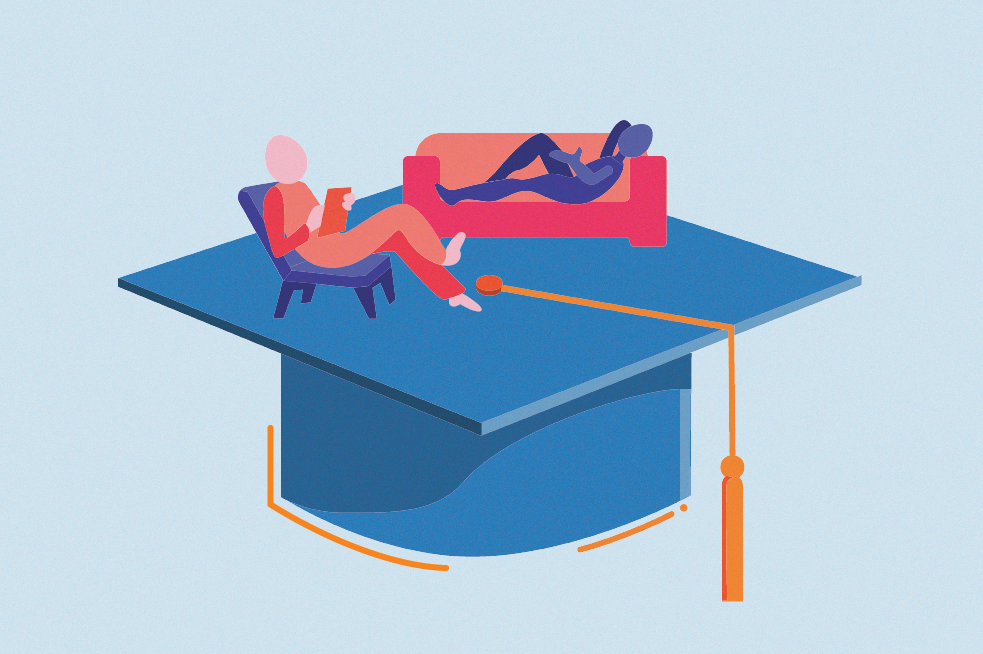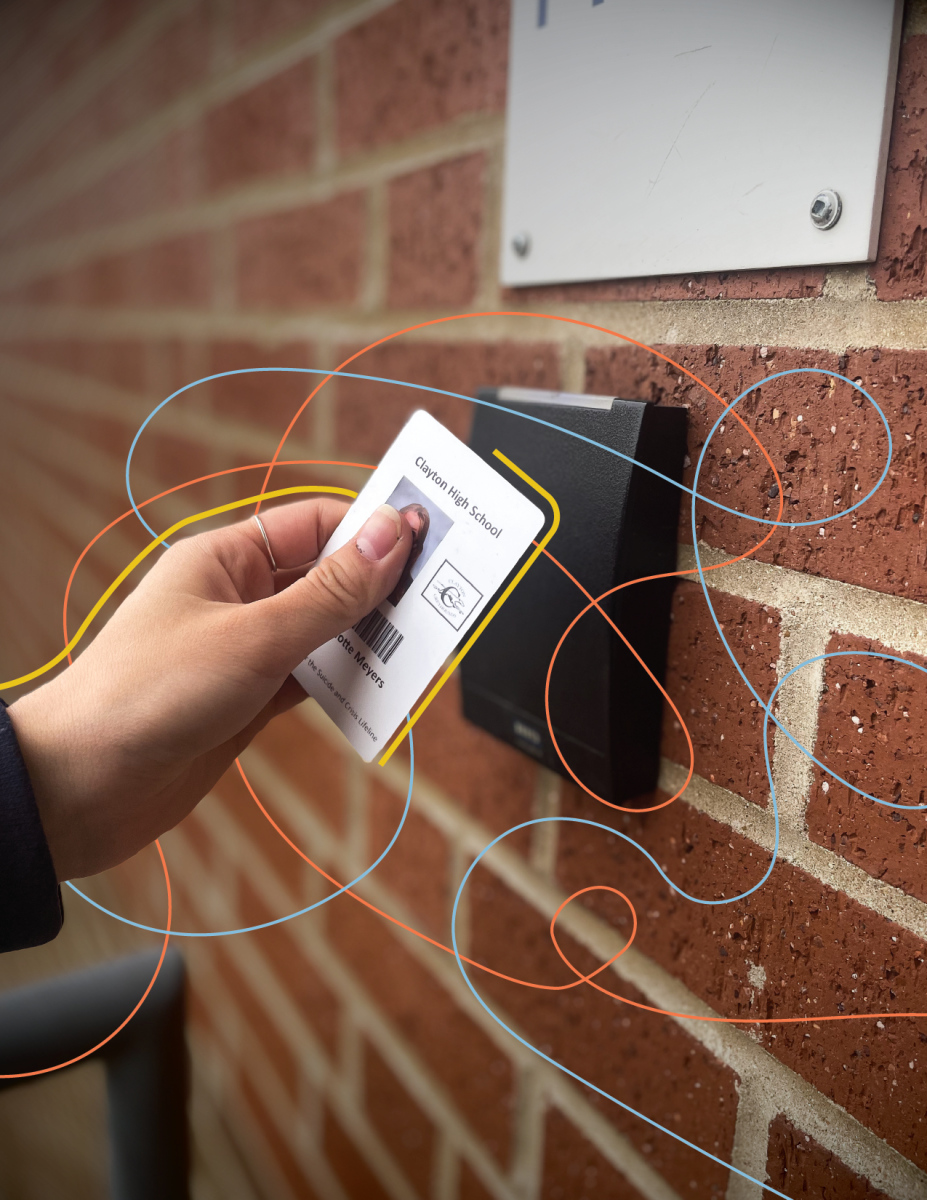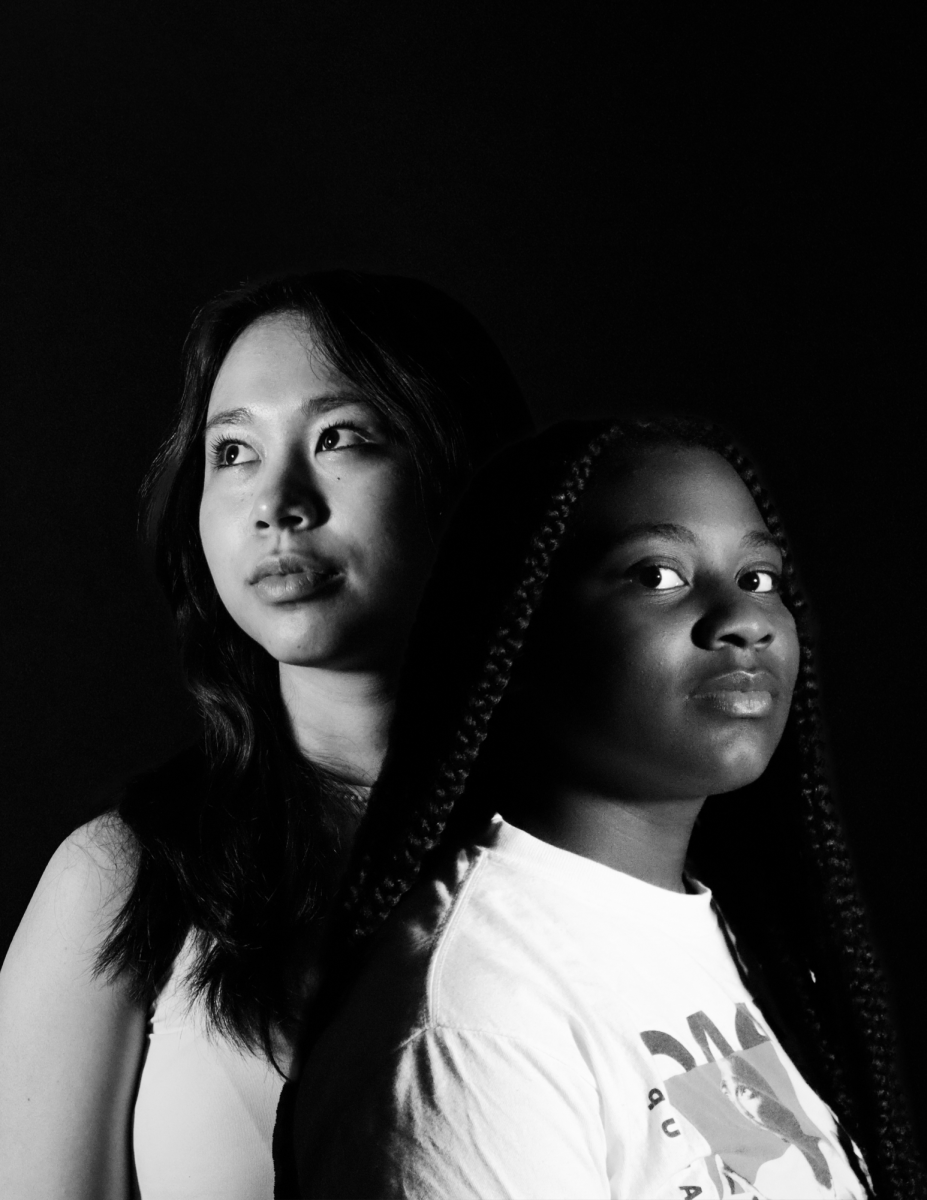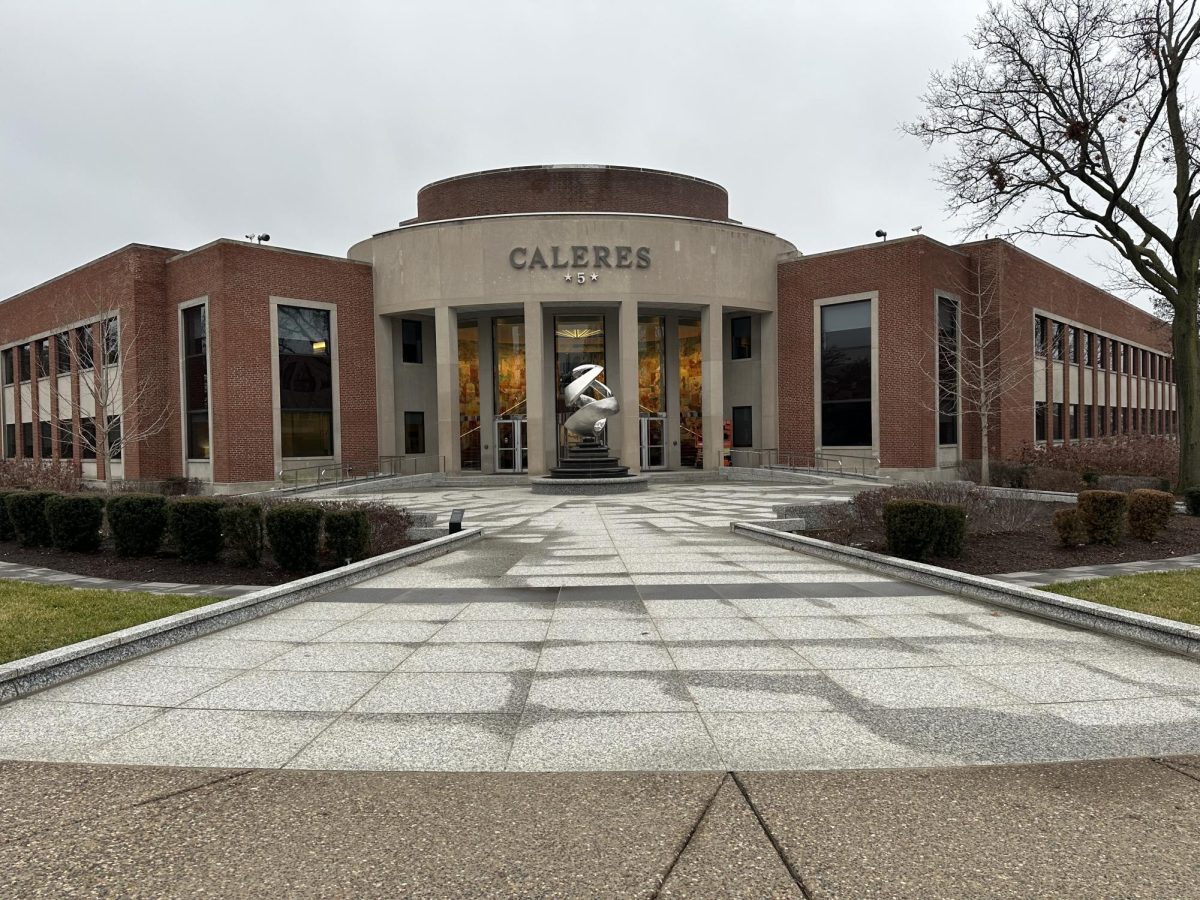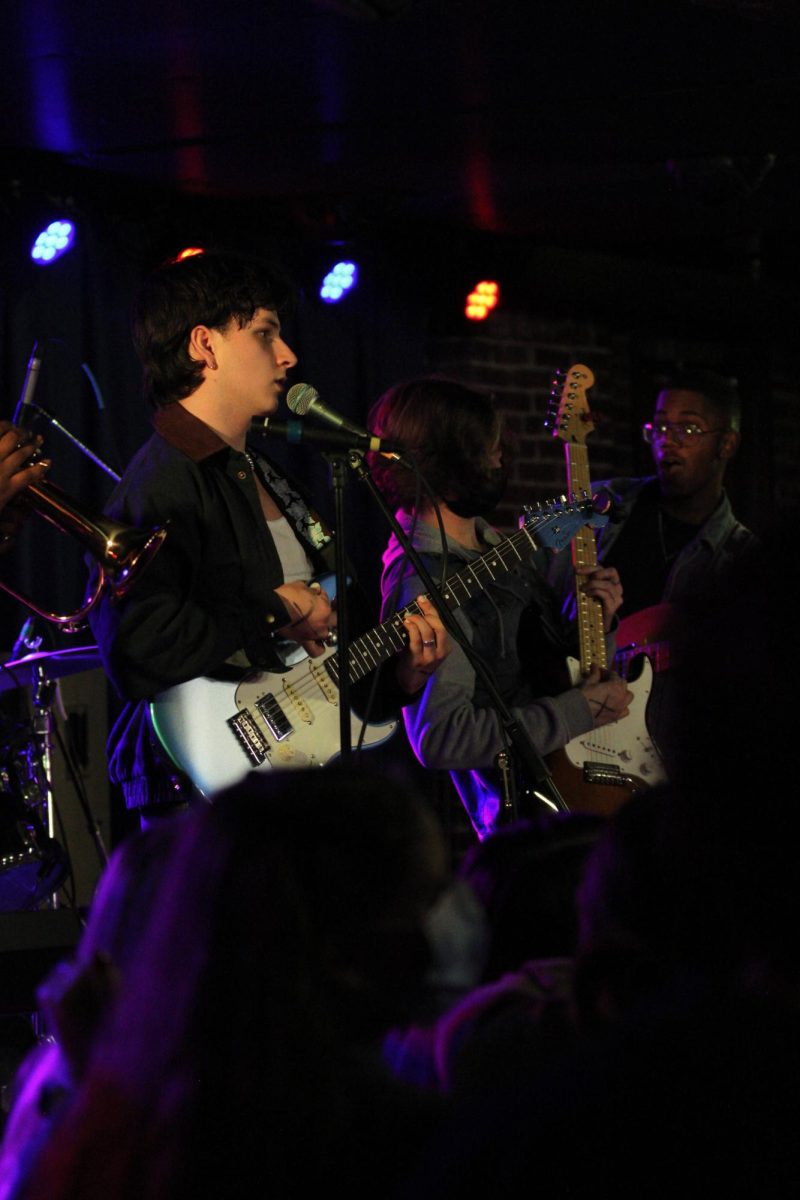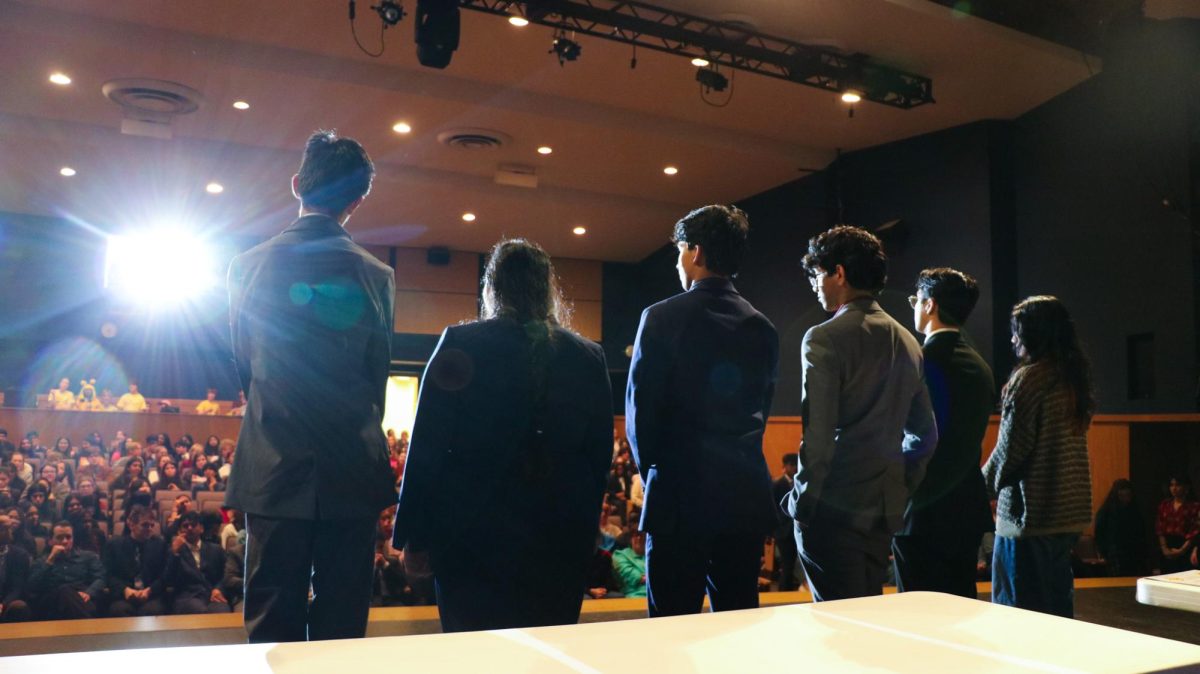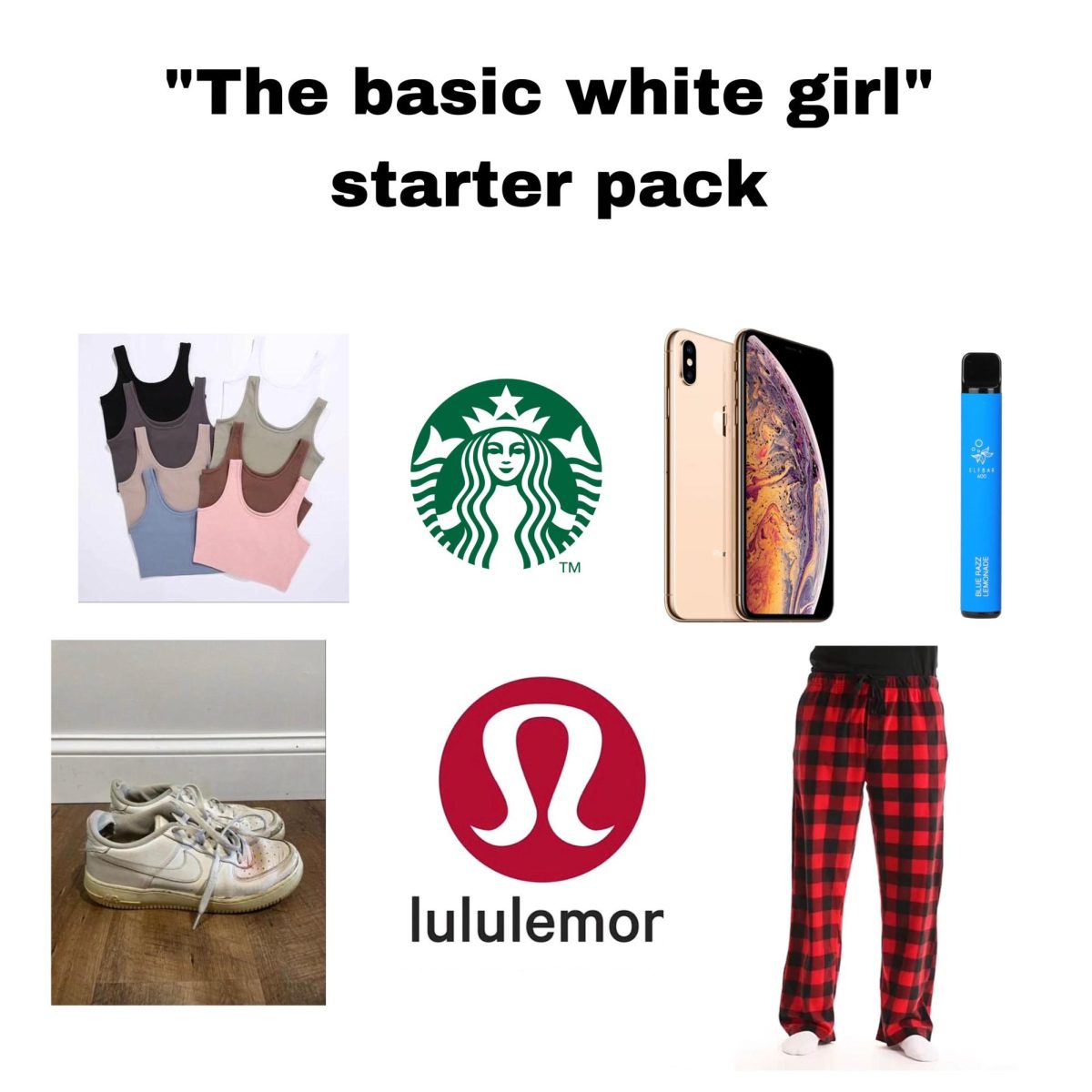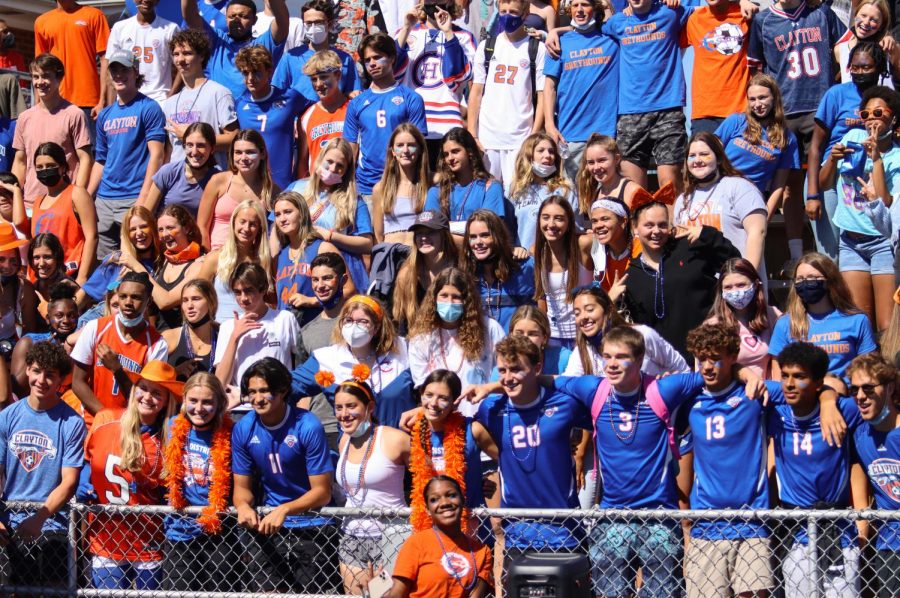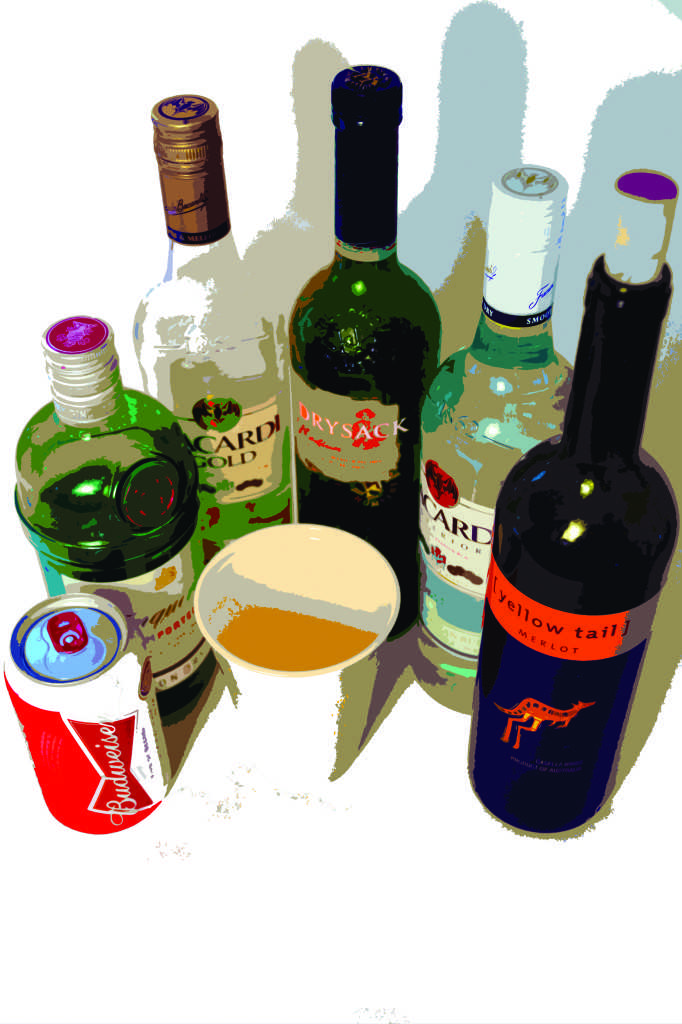
Saturday night: the party is at a house off Wydown Blvd. The music is blasting. The stale-grain smell of beer hangs in the air. A Clayton freshman enters the scene, and her friends are there. Seniors are pouring drinks; everyone is drinking.
As early as middle school, students make a choice: to drink or not to drink. A CHS survey, conducted through health classes, shows that in the spring of 2012, 47.4 percent of Clayton students had tried alcohol, a number greater than the Missouri average of 38.2 percent, but well below the national average of 70.8. By the time students enter high school, terrifying health class videos about the consequences of underage drinking lose their effect and students move from juice boxes to red Solo cups.
Student Perspective:
Many students were willing to open up about the prevalence of alcohol at Clayton High School, as long as their names were changed to protect their privacy. Altered names will be designated with an asterisk.
CHS sophomore Bill* had his first introduction to alcohol in 7th grade.
“The first time I drank alcohol was in a tree house,†he said. “I think it was kind of like an in the moment thing. We had never really thought about it or talked about it before. I was with four or five other people and someone just brought out some cups and asked if we wanted vodka.â€
Bill’s middle school drinking experience, though not unheard of, is uncommon for most students. CHS students who drink usually try their first beverage some time in high school. But 15-year-old kids can’t just walk into a store and buy liquor. In fact, lots of young drinkers do not go looking to get drunk. They are offered an opportunity, and not knowing any better, they take it.
“I think maybe [we started drinking so early] because kids’ [in our grade] older siblings threw big parties and offered to get us alcohol,†Bill said.
It is quite common for upperclassmen to introduce younger students to alcohol. In many cases, upperclassmen are happy to supply incoming freshman with their first drink.
Kate*, a senior student, first tried alcohol with upperclassmen before her first CHS football game.
“We all went over to a senior’s house, and they overcharged us for the alcohol that we drank before the game,†she said.
However, Kate says that she never felt the pressure of being forced to drink.
“I had heard of people having fun doing it, and I heard it was a big social thing,†Kate said. “I’ve never felt pressured to drink. It was my choice to start.â€
Though this might be true in some cases, Mary*, a junior who began drinking when she entered her sophomore year, believes there is definitely social pressure to get drunk on the weekends.
“Nobody has fun at parties at Clayton when you’re not drinking,†she said. “It is hard to communicate with people that you’re not close friends with if you don’t have that extra boost to relax you. We all wanted to have fun.â€
Bill also believes that there is an element of peer pressure when it comes to drinking at parties.
“You think, ‘everyone is doing it so why don’t I?’ It’s not right up front people pressuring you to do it,†Bill said. “I think for the people who do choose to drink it’s like ‘I wanna look cool, I wanna fit in.’ But it’s not like people are actually pressuring each other.â€Â
Choosing to drink is the first decision. After that, all other choices are made under the influence. Mary found that while she was drunk, her judgment was impaired, causing her to do something that she regretted.
“I got into a situation where I ended up hooking up with someone who I had no idea who they were or how I got there,†Mary said. “I felt pressured to go further than I would have if I had been sober. I also felt like physically unsafe in that situation. And I know that if I had been sober or even just less drunk, I would have been fine.â€
Mary did not know how she got herself into that situation. But she is not the only one who has succumbed to the influences of alcohol. Mary has witnessed others make the same mistake that she regrets now.
“I know a lot of girls, in particular, that have been in that situation. And I know plenty of guys that have hooked up with people that they’ve regretted,†she said. “But there’s a difference between feeling regret and feeling violated.â€
Mary noted that, more often than not, students who do things they regret while under the influence make excuses by saying, “Well, I wouldn’t have done it if I was sober.â€
Kate too has experienced a momentary lapse in judgment. Usually, Kate is intolerant of drinking and driving, but with the manipulation of alcohol in her system, she starts to question those beliefs.
“I’ll be in the situation where I’ll be slightly drunk,†she said, “and I tell myself that I am able to drive. I don’t drive drunk, but it’s very easy to convince yourself that it’s ok when you’re slightly tipsy.â€
All three students made it clear that drinking and driving is not common practice at CHS.
“All of my friends are pretty clear on not drinking if you are going to drive,†Mary said. “I don’t have a lot of friends that don’t adhere to that.â€
However, in the same 2012 health survey, an alarming 13 percent of CHS students reported riding with a drunk driver in the last 30 days.
While the drinking culture at Clayton is prevalent, it often overshadows the silent majority of non-drinkers. Many students have good reasons for avoiding the drinking aspect of the social scene.
Senior Auggie Mense has been to plenty of parties and has never felt the need to drink.
“I’ve never personally experienced alcohol. I’ve never had a sip or anything,†Mense said. “Normally, my role when I go to a party is designated driving.â€
Mense believes that there is a prevalence of a social drinking culture at CHS. He, however, has not been accepting of this culture. Over the years, he has come to accept the fact that his friends drink, and has found a secure place in the CHS social scene without drinking.
Mense has two conditions for when his friends drink, “That it doesn’t endanger their lives … and that they don’t try to make me do it,†he said.
Junior Reeves Oyster is another student who has chosen not to drink, but knows plenty of people who do. She cannot relate to her classmates’ reasoning for getting drunk, especially athletes.
“I don’t understand why people who have the opportunity to go to a D-I, D-II, even D-III schools, and have the opportunity to play their favorite sports in college, would even consider doing that stuff,†Oyster said.
Mense has noticed that ironically, some of the people who drink are actually some of Clayton’s most competitive students, both with sports and school.
“A lot of the people who drink are high achievers,†Mense said. “They’re in the top classes, they are our best athletes.â€
Mary, being a student drinker and high achieving student, says her group of friends feels that it is okay to drink because they are also academically oriented and successful.
“I think that because [Clayton] is so academic and we are such a great school I think there is a certain aspect of ‘we work hard and we play hard,’†she said.
Still, Oyster and Mense have managed to escape the pressure of social drinking.
“I’ve struggled with this concept [of] trying to think of ways that we can stop it, but there’s no way we can,†Oyster said. “I try to set a good example. So, for the freshmen … that they know that they don’t have to drink to have fun.â€
The social scene changes dramatically upon entering the high school. Drugs, such as alcohol, change people physically and emotionally and can take a toll on relationships.
Ann*, a junior who does not drink, has been personally affected by her friends’ use of alcohol.
“In middle school, when none of this stuff was here, our friendship was solely based on just having fun together . . . but now it’s all about who does the weirdest thing whenever they’re drunk,†she said. “It’s hard for me to keep close friendships with them because I have such a different perception of fun. I don’t think that my judgment being interfered with is going to make me have fun and I think that’s where my opinion and my friends’ opinions differ.â€
 The Administrative Perspective:
The Administrative Perspective:
Students may be unaware that CHS teachers and administrators know what happens off school property.
“We know that it [drinking] happens at night, we know that it happens on the weekends,†CHS Principal Dr. Dan Gutchewsky said. “The drinking issue is more than a high school issue; it’s a community issue; it’s a national issue.â€
Gutchewsky feels that he has a responsibility to help curb underage drinking. Though he can regulate student drinking on school property, what students do outside of school is harder to manage.
“We can’t suspend students for what they do on the weekends,†Gutchewsky said, “but athletics are treated differently under the law.â€
The school can suspend students from athletic teams and extracurricular activities regulated by MSHSAA rules. If a student gets caught drinking on the weekend, they can be subjected to suspension from a sports team.
However, there are laws that pose a challenge to this rule.
“If the person is an adult in the eyes of the law, then [the Clayton Police Department] can share more information with us,†Gutchewsky said. “If they are juveniles, then there are different rules. For example, if a party gets busted and there are seniors and freshmen there, they can give us the names of the seniors, but legally, they can’t give us the names of the freshmen.â€
Health teacher Heath Kent tries to teach his students the long-term effects of drinking that many Clayton students ignore.
“I think one thing kids really don’t realize is, especially when it comes to your body and things like that, the decisions you make now are going to affect you down the road,†Kent said. “You may not pay for it this weekend, but in six, seven, eight, ten years you may suffer some consequences because of it.â€
Much of the student-administration conflict on this issue has to do with the short-term effects of drinking alcohol. Some students do not see the harm in drinking on the weekends, so long as they maintain the high academic standard that CHS demands. Certain students, like Mary, feel that health class exaggerates the dangers of drinking.
“[I] think that a criticism that a lot of kids have of Clayton is that we emphasize not drinking but we don’t emphasize safe drinking,†Mary said. “So kids get this impression that if you go to a party and drink at all you’re instantly going to die of alcohol poisoning.â€
Kent and Gutchewsky, however, have reasons behind Clayton High School’s emphasis on drinking as a harmful behavior.
“I think that first and foremost, it’s illegal,†Gutchewsky said. “It puts the school in a tough spot if we start advocating for underage drinking. We have a moral, ethical, and legal obligation to teach about the dangers of drinking.â€
Psychology teacher David Aiello is well versed in the effects of underage drinking. He understands the issue of drinking not just from a teacher perspective, but also from a social, medical and personal perspective; he is a Clayton parent.
“When it comes to television, when it comes to movies, when it comes to music videos, the idea is that using alcohol is part of fun,†Aiello said. “From my understanding, Clayton High School has a well earned and long standing reputation as being a place where students work really, really hard and then they party really, really hard.â€
As a parent, Aiello has to decide what message to send to his daughters, because some parents in Clayton are tolerant of underage drinking. In the face of this decision, Aiello stayed true to what he believes about the negative effects of alcohol.
“I want to send the same message over and over and over to my own children and to other kids: Drinking alcohol as a 14-year-old, as a 16-year-old, as a 18-year-old is illegal, unnecessary and dangerous to your health and to your developing brain.â€
Kent, also a parent, has a similar outlook on underage drinking.
“I would have a hard time as a parent being okay with providing alcohol to other people, to other people’s kids, or even to be in a situation where they’re doing that in my house,†Kent said.
Ultimately, Gutchewsky believes that the CHS staff, parents and the Clayton Police Department are all working towards a common goal.
“I think everyone has the same end goal that they want their kids to be safe, they want everybody else’s kids to be safe, and they don’t want someone to die of alcohol poisoning,†Gutchewsky said. “We have a common mindset in that regard. That’s where we need to start and work backwards.â€
The Medical Perspective:
Kent and Aiello understand the effects of alcohol also from a medical perspective. They teach the effects of regular alcohol abuse on the teenage body.
One aspect of social drinking that especially concerns Kent is when drinking once every weekend with friends turns into drinking alone on weeknights – a likely outcome for kids who start drinking early.
“It’s going to take a teenager one to two years to become an alcoholic, where an adult who starts drinking is going to take five to ten years,†Kent said. “So, you’re much more at risk of developing a drinking problem earlier in your life, suffering those consequences.â€
Aiello attributes the dangerous decisions made while drinking to the physiological nature of being an adolescent. He believes that with the amount of responsibility students are given, they are bound to make rash decisions.
“We put kids in a situation where they’re just physiologically not capable of making the smartest decisions,†Aiello said, “and then we act surprised when they don’t make the smartest decisions.â€
Professor of Neurology at Washington University in St. Louis, Marc Diamond, said that mild to moderate drinking usually has a minimal effect on the developed brain – but teenage brains are still developing. Although it is hard to determine what could happen in the long term, there is a plethora of short-term effects.
According to Diamond, some of the dangers for adolescents include “physical danger from being drunk, crashing cars, rape, coma/death from overdose of EtOH (alcohol), chronic liver damage, bleeding disorders and lost productivity.â€
And these are just a few of listed side-effects.
With regard to teenage alcoholism, Diamond believes that younger kids are more susceptible to alcoholism. However, there are some specific, early indicator signs.
“Those who are ‘energized’ or euphoric from drinking are thought to be at higher risk for becoming alcoholics,†Diamond said, “Whereas those who tend to fall asleep are at lower risk.â€
Either way, Diamond says, “The disease can strike people of all ages.â€
Conclusion:
From the numbers and personal testimonies, it’s clear that drinking has become an entrenched aspect of CHS culture. Students progressing through the high school will likely encounter drinking, whether they partake in it, or feel the secondhand effects through their friends and relationships.
Drinking means something different to each person. To some students, it’s a stress release; an escape from rigorous academic pressures. To other students, drinking is an unfortunate and unavoidable part of high school. Some parents fear underage drinking, and others allow it to happen.
Regardless of how people view drinking, the Saturday night parties off of Wydown Blvd. don’t give any hint of stopping soon.
It would be misplaced to call underage drinking “normal.†Teen drinking is illegal, and many students go through the District without ever touching a drop. Drinking is, however, part of the real world, and for better or worse, that reality has worked its way down into the high school.
Students at a young age are forced to make adult decisions, the consequences of which will be felt throughout their lives.
Would it help if those choices could be made later? Yes, but sooner or later, students will find themselves in demanding situations. At every party, each person has the option to choose their own influence. The best CHS students can do is to make their own decisions, hopefully with some thought towards the future.



